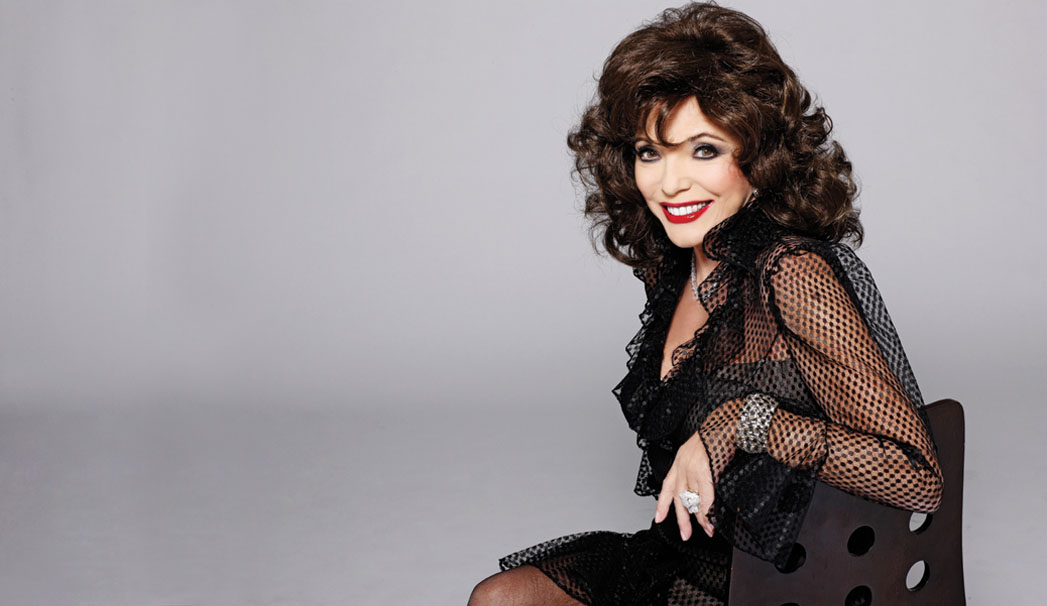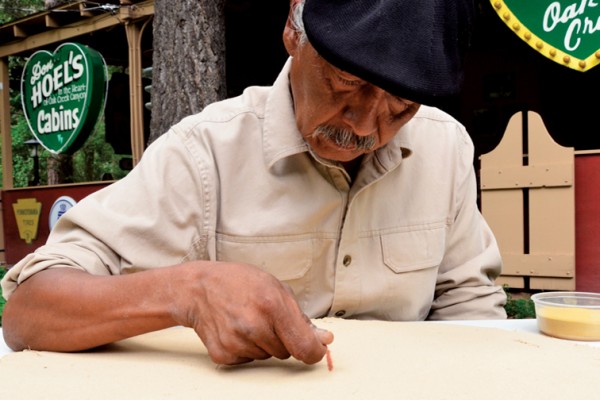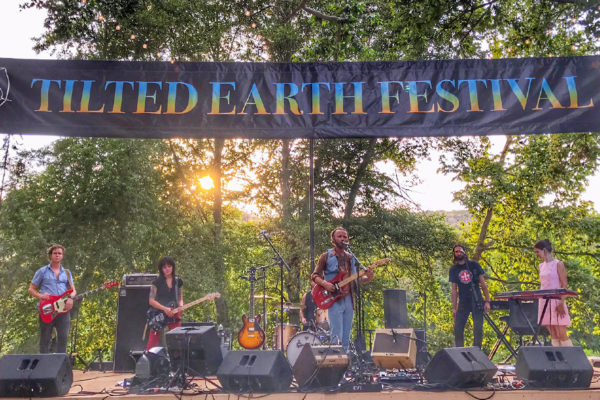Between Feb. 23 and March 3, more than 145 feature, documentary and short films will be shown at the 19th annual Sedona International Film Festival. So what’s new this year? Workshops have been replaced by daily conversations at the Mary D. Fisher Theatre at 9 a.m. Each morning, the conversation will feature a different panel of experts and topics geared toward both filmmakers and film lovers. The festival also recently began a partnership with the United Nations. Each year, a film track will be chosen that reflects the UN’s mission. This year, the track subject is AIDS.
In addition to the films, which will be screened at Harkins Sedona 6, the Mary D. Fisher Theatre and the Sedona Performing Arts Center, the festival includes a VIP lounge and parties, parties and more parties. For a complete schedule of films and events, visit www.sedonafilmfestival.com or call 928-282-1177.
Go Ganges!: J.J. Kelley
If the names J.J. Kelley and Josh Thomas ring a bell, it’s because the two friends’ second film, Paddle to Seattle, won the SIFF Audience Choice Award for best documentary in 2010. The duo are back with Go Ganges!, a documentary about traveling the length of India’s Ganges River by any means possible whether it’s by hiking, rickshaw, row boat or scooter. During our conversation, J.J. was producing a National Geographic special about the illegal ivory trade while Josh was in Alaska filming episodes of the Discover Channel series, Deadliest Catch.
Sedona Monthly: So this will be your second Sedona Film Festival.
J.J. Kelley: Two years ago we won the film festival’s Audience Choice Award for a similar adventure film called Paddle to Seattle. I go to a number of film festivals, and they feel very spread out. You may never meet any other filmmakers. I love how this one is centrally located, and I love how gorgeous the backdrop is. For me, that sets the stage for an incredible film festival.
So, have you been on a scooter since your adventure on the Ganges River?
[Laughs] I haven’t touched a scooter! I still cringe when I see them. It was a near death experience on an hourly basis.
In the film, you and Josh both say you hope to look back on your Indian adventure fondly. A year later, has that day arrived?
I don’t know if I’m fully there yet, but I will say that I really love suffering. I think these hardships that you go through allow for incredible insights to happen. And though it’s not an environmental film, it has this message – treated with humor – about the river being so populated and the capacity that we can have on a natural body of water.
For such a polluted river, were you surprised at the amount of life – humans, cows, dogs, dolphins – that it sustains?
It just goes to show you the resilience of life. The entire time, we had such a feeling of ambivalence. It looks beautiful from afar, but then you get these close ups of filthy sections full of fecal matter. It’s a paradox. Half the time we loved it, and half the time we hated it.
But the Indian people talk about the river’s mystical powers. They look at it as a god. Did you start to believe in it?
I believe in science, but there is something about that river, and we learned it again and again. We met people who said they weren’t eating, they were just drinking from the river and it sustained them. It could be that God is providing a pulse for what should be a dead river. You want to say there’s nothing spiritual, but you also can’t explain it.
Even for two people who love adventure, there must have been several points when you just wanted a hot shower and a bed.
We’re pretty acclimatized to suffering. We met seven years ago hiking the Appalachian Trail. We have a high tolerance, and our coping mechanism is humor. I think that’s why a lot of people enjoy the films. We’re not bitching the whole time. We look at it as a unique experience and that we’re so fortunate to get a chance to be there.
Out of all your adventures, did this one push you the furthest?
Without a doubt. The cultural barrier we had to overcome as well as the physical made it even harder.
You witnessed some pretty surreal moments during the trip. What’s your most surreal memory?
Because you’re working so hard physically, you’re disoriented half the time anyway, so things seem so surreal. When we camped, we were in the middle of nowhere, but there are people everywhere in India. There would be people moving through the middle of our camp. At one point, folks came through, and five feet away from us, they sat down and made chai tea. I was laying there wondering, is this real? Are there really five Indian guys making tea five feet away? Do they not see me here?
What’s the next adventure?
Right now, it’s all about this film and showing it to audiences. We’ve had some TV offers, but we think those audiences are fleeting, so we like the film festivals. There will be another trip, probably this summer, but we haven’t officially announced anything yet.




